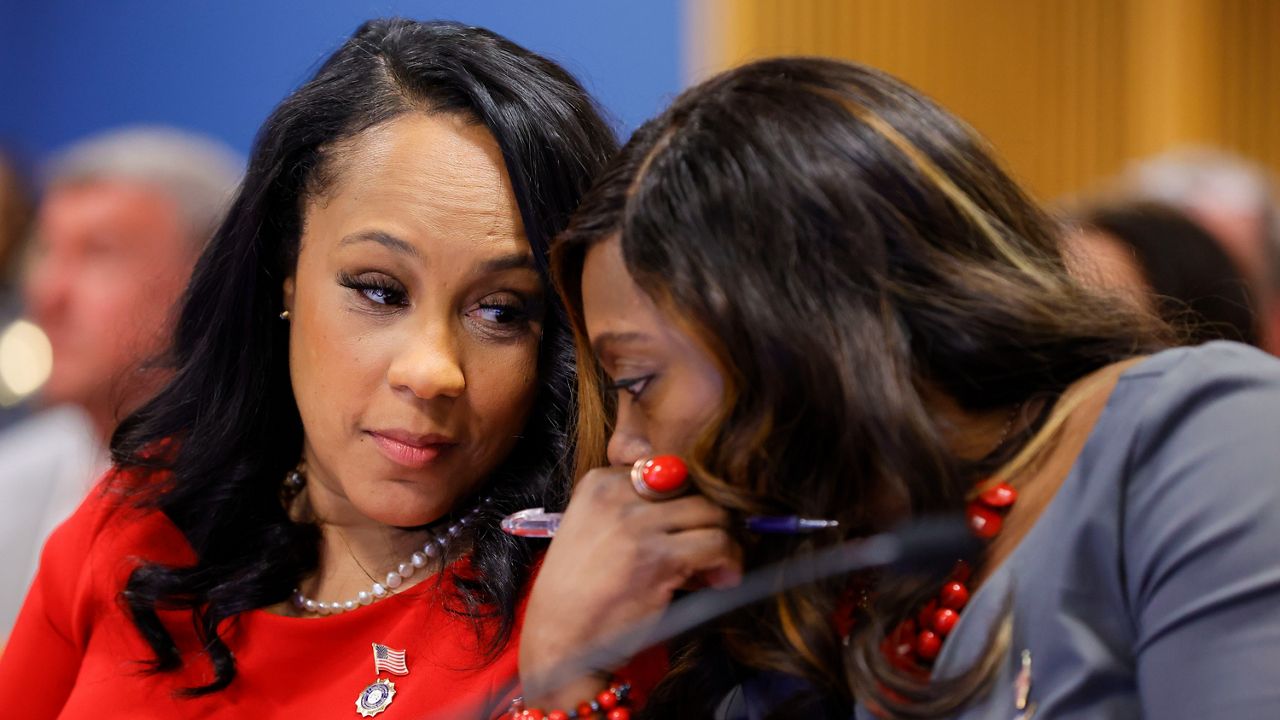Rising storm waters in New York’s streets and subways have become a common sight.
There was Elsa in July. There was Ida on Wednesday. Behind it all is climate change.
What You Need To Know
- Rainfall broke a record set in NYC only about two weeks ago
- Rapid intensification of storms like Ida is linked to climate change
- City has invested billions since Sandy, but longer-term planning like five-borough resiliency blueprint still needed
“This is not unusual anymore,” Gov. Kathy Hochul said Wednesday at a news conference in Jamaica Estates. “Anyone who says it’s once in a century, once in 500 years. I’m not buying it. This has to be considered the normal course of business, so we have to take steps to prepare.”
Exacerbating the crisis is the city’s lack of adequate resiliency measures.
“What we’ve got to recognize is the suddenness, the brutality of storms now,” Mayor Bill de Blasio said. “It is different. A record set two weeks ago, another record now. Rainfall that we’ve never seen ever before. This is the biggest wake-up call we could possibly get.”
Extreme weather events have been a regular feature of the climate crisis. Experts say the warming climate adds more moisture in the air which can lead to heavier amounts of rain. And the few hours of torrential rain that battered New York were the remnants of Ida, a storm that underwent so-called rapid intensification.
Experts don’t attribute that phenomenon entirely to greenhouse warming, but it is a major factor.
“Since 1980, there are a lot of increases in hurricane activity in different metrics for the Atlantic basin,” said Tom Knutson, senior scientist with NOAA’s Geophysical Fluid Dynamics Laboratory. “They’re becoming more intense, they’re more frequent, they’re more hurricanes, they’re more storms in all.”
The city is in desperate need of mitigation measures.
De Blasio noted a $2 billion dollar investment to address drainage and other challenges in Southeast Queens, with that work still underway.
But advocates say there must be lasting commitment to a citywide resiliency blueprint that includes protection not just against storm surges but rising sea levels.
“Once we have the five-borough plan, once we know where we’re going, draw ourselves that map, we make those investments year after year, with the federal government in partnership, with the state government in partnership,” said former Queens City Councilman Costa Constantinides. “Climate change is here. We’re living in it. We have to act appropriately and it’s not something we can put off.”









